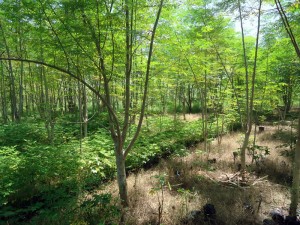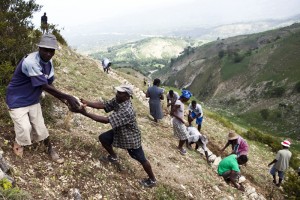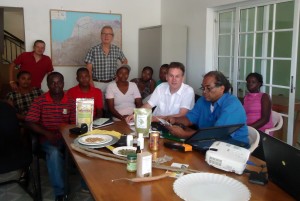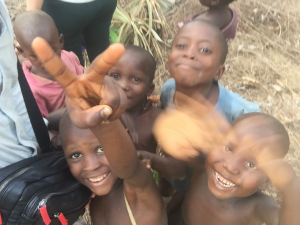Moringa in emergency aid on Haiti
Haiti fights consequences of disasters with moringa
 Malnutrition, soil erosion, unemployment and poverty. The list of problems in Haiti is long. According to the UN World Food Programme (UN WFP), Haiti is considered as the poorest country in the Western Hemisphere. 75% of the population lives on less than $ 2 a day, 50% on less than $ 1 a day. Although 60% of all Haitians work in agriculture, Haiti is importing half of all food products. Due to recent disasters such as the 2010 earthquake and the hurricane 2012, the situation worsened. In addition to other international and national organisations, such as the UN WFP and the US Agency for International Development (USAID), also the German government is involved in relief efforts.
Malnutrition, soil erosion, unemployment and poverty. The list of problems in Haiti is long. According to the UN World Food Programme (UN WFP), Haiti is considered as the poorest country in the Western Hemisphere. 75% of the population lives on less than $ 2 a day, 50% on less than $ 1 a day. Although 60% of all Haitians work in agriculture, Haiti is importing half of all food products. Due to recent disasters such as the 2010 earthquake and the hurricane 2012, the situation worsened. In addition to other international and national organisations, such as the UN WFP and the US Agency for International Development (USAID), also the German government is involved in relief efforts.
Haiti used moringa for reconstruction
Moringa is known for its abundance of nutrients. It contains all the essential amino acids, almost all of the vitamins, including particularly vitamin C and A, as well as minerals. It also includes iron, calcium and magnesium. Haiti’s government has developed a national moringa policy and is promoting the use of moringa as a crop. German experts help and africrops! is involved. This is why, Meinolf visited Haiti in the summer 2012 as a development expert.
The engagement was part of the emergency relief operation of the German government after the earthquake in Haiti. In addition to the ad hoc relief work that was being done by the Federal Government, the aim was to establish sustainable relief structures, making the country less vulnerable to the effects of natural disasters in the long-run. In particular, the rapid availability of locally produced food, was the focus of this policy, in order to reduce the dependence on imports and aid shipments. Moringa is growing very fast, is undemanding and within a short time can already be harvested after sowing. It therefore represents an ideal crop in the context of emergency relief programs.
Apart from the use of moringa as a nutrient, it can also contribute to improving health of the population through regular intake. The positive health benefits are manifold. The leaves have a particularly high content of in iron, vitamin C and Vitamin A, and thus help to combat the worst symptoms of qualitative malnutrition. Importantly, also the seeds are antibacterial and can even be used as water purifiers.
Furthermore, the cultivation of moringa enables the people to increase their average income.
Emergency measures with moringa in Haiti
- Advice of small farmers in their villages for the cultivation and processing of moringa
- Planting of moringa for anti-erosion measures on the mountain slopes (Haiti only has a remainder of 2% of forest areas)
- Construction of a system for income generation of the local population by the cultivation of moringa
- Use of Moringa in school canteens and health facilities (Haiti has adopted a national moringa-strategy, which provides for the increased cultivation and utilisation of Moringa in these institutions)
- Expansion of the local NGO BATAKOA in Gonaives as a cooperative of villages. The NGO is active in training, processing and distribution of moringa
- Installation of a processing unit (mill and oil press) at BATAKOA
- Build-up of a distribution system for the local market
The use of moringa is an important step in the enhancement of development cooperation and emergency aid. However, the biggest challenges that remain are the cultivation, the processing and the market access and distribution of moringa. The successful application in scenarios such as this one, show however that moringa has many different benefits and is rightly called “miracle tree”.
Reference: UN WFP



